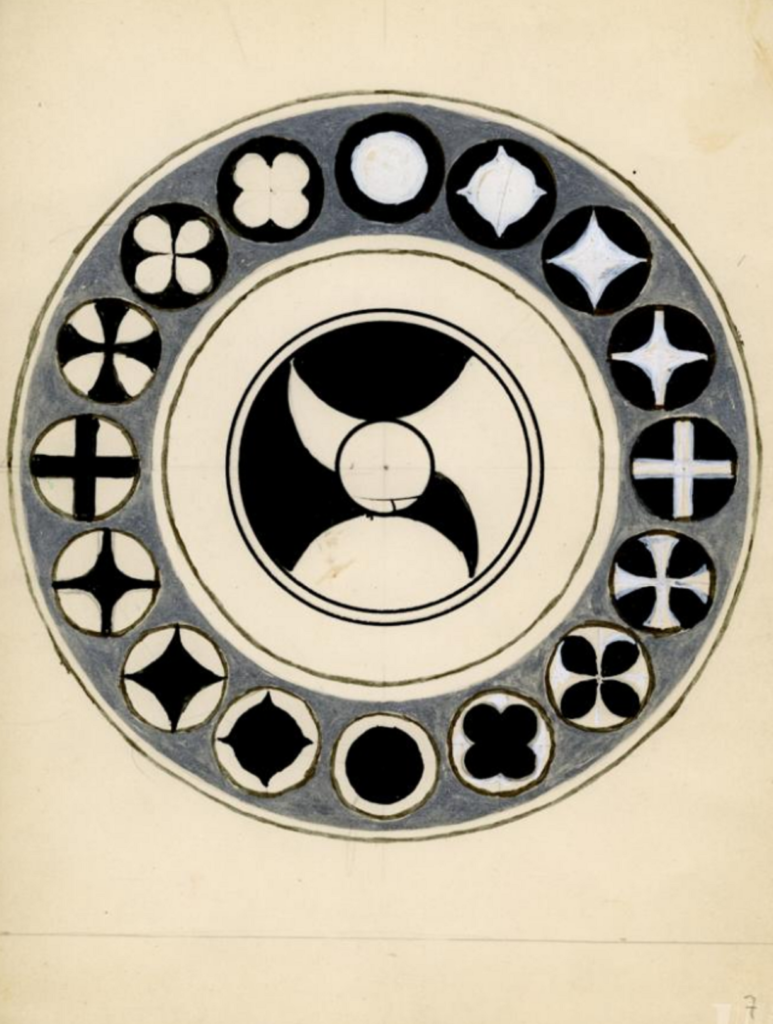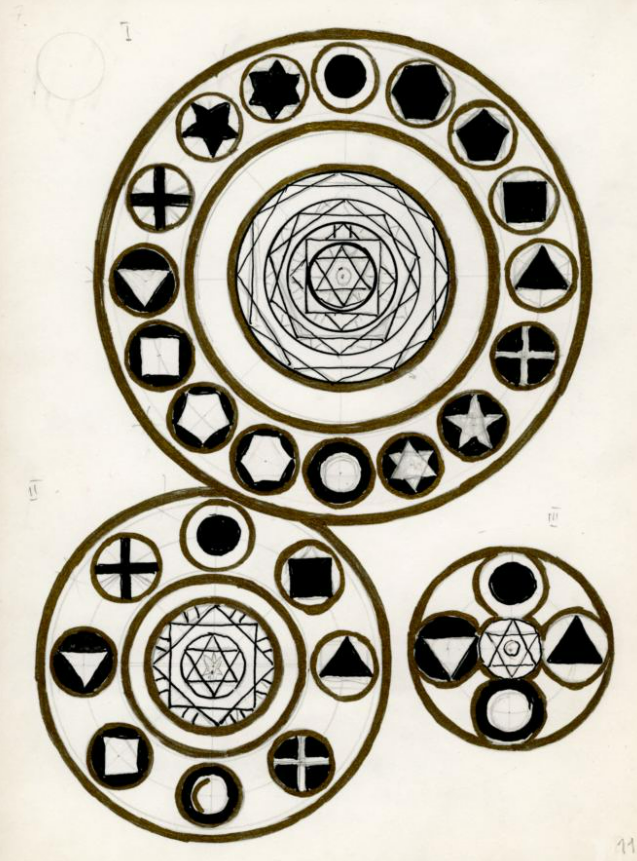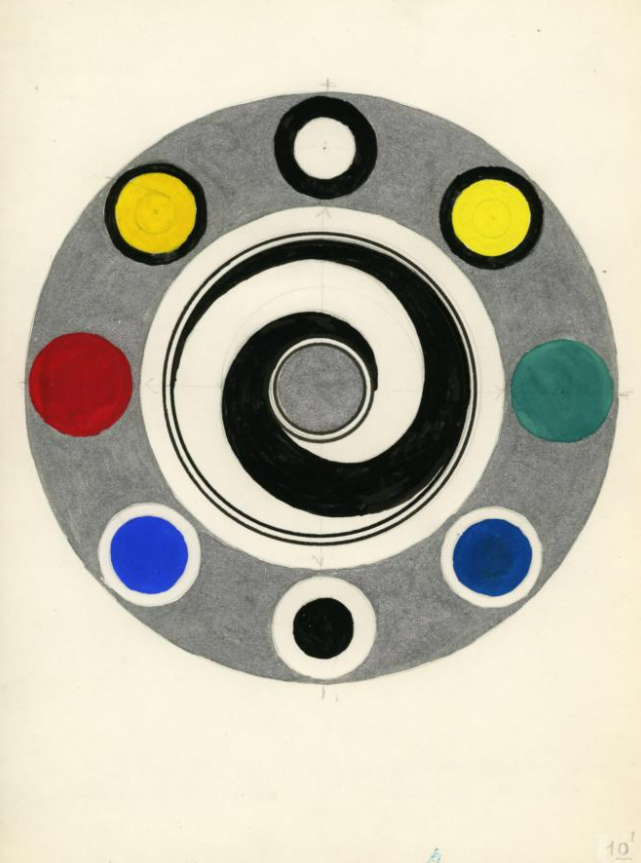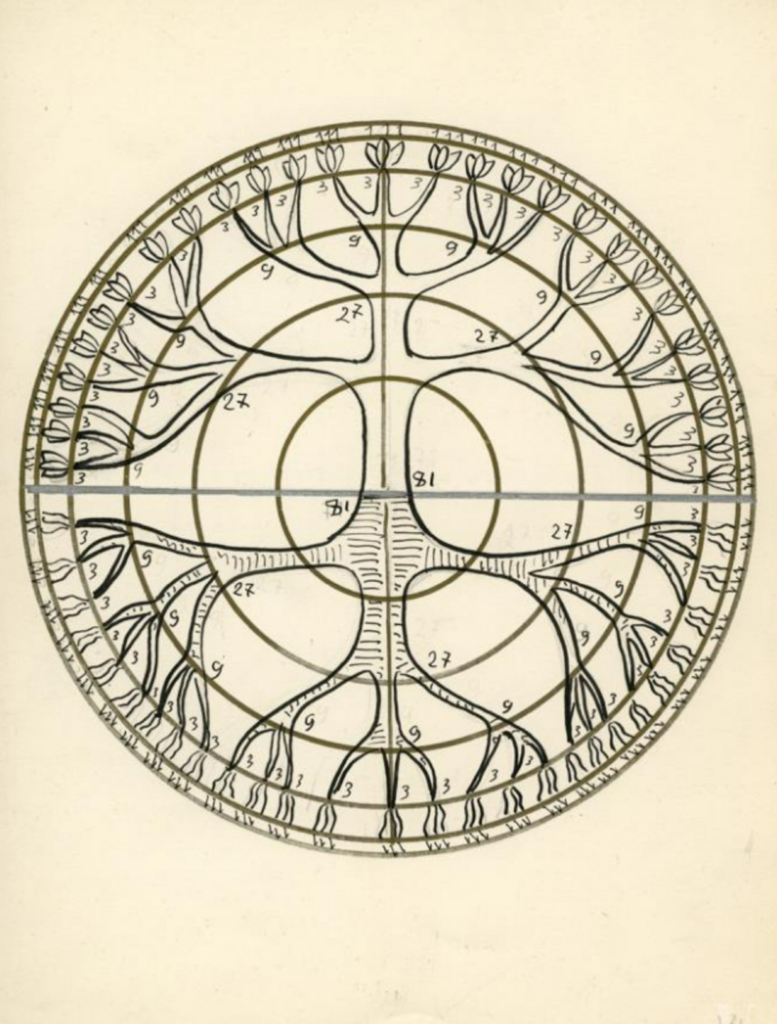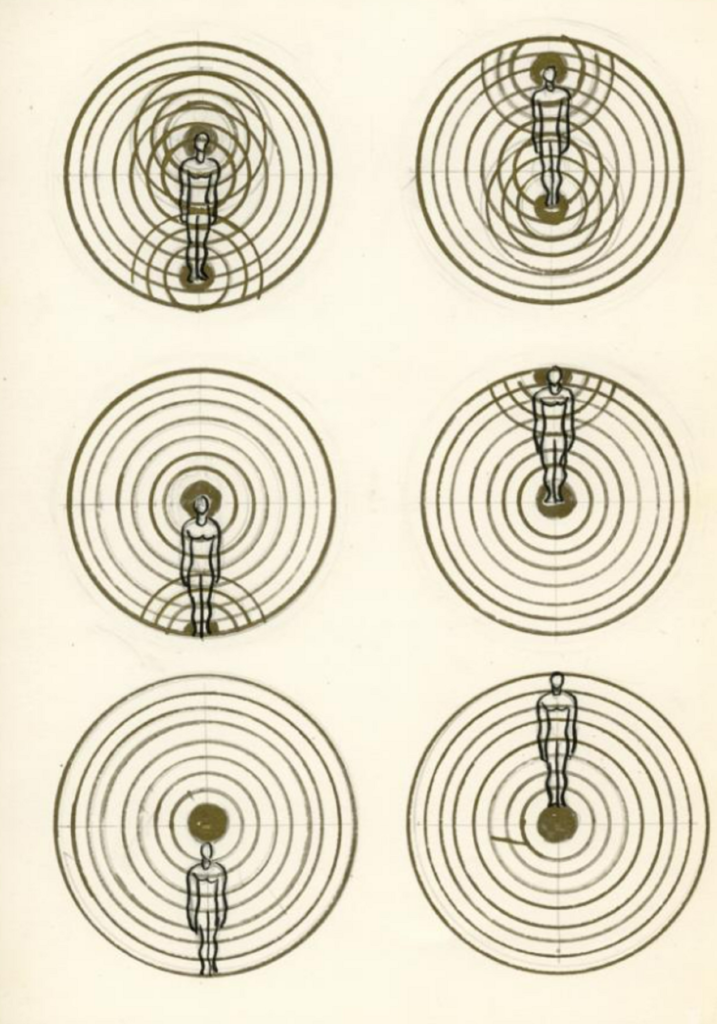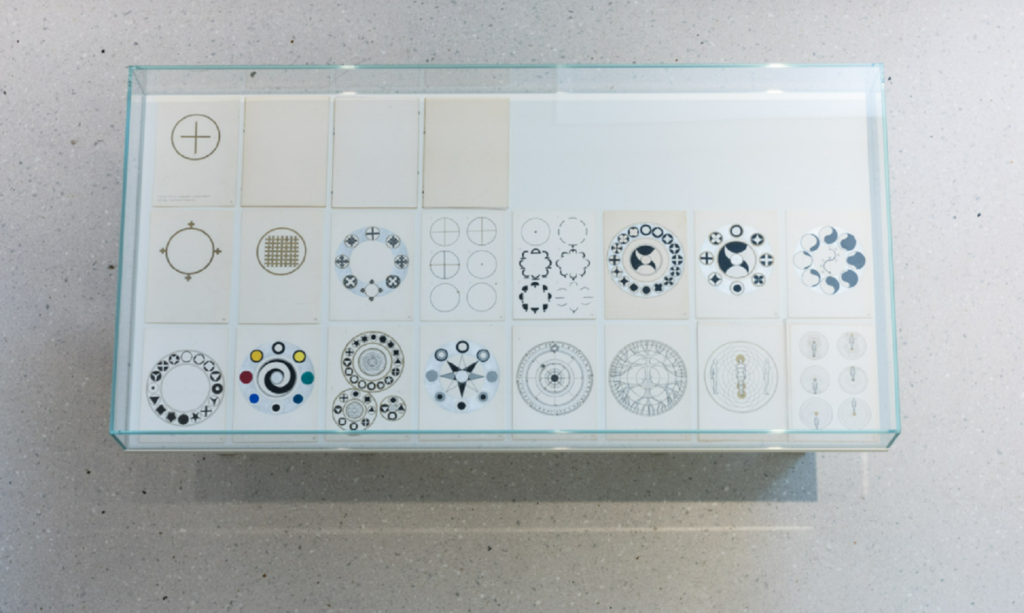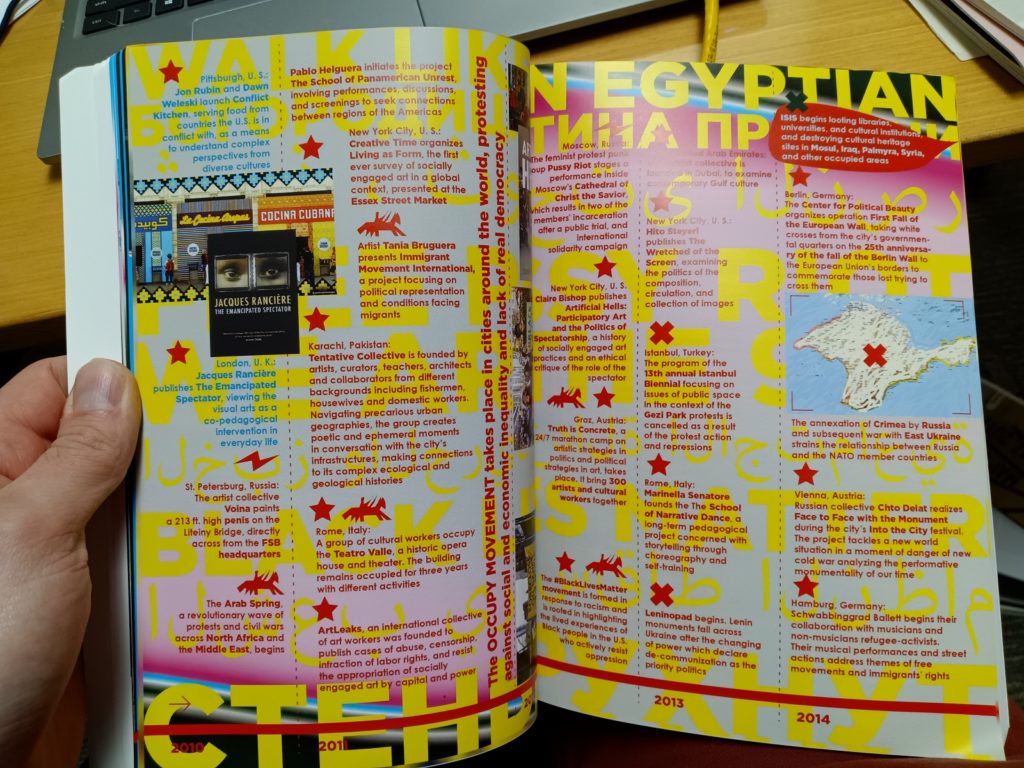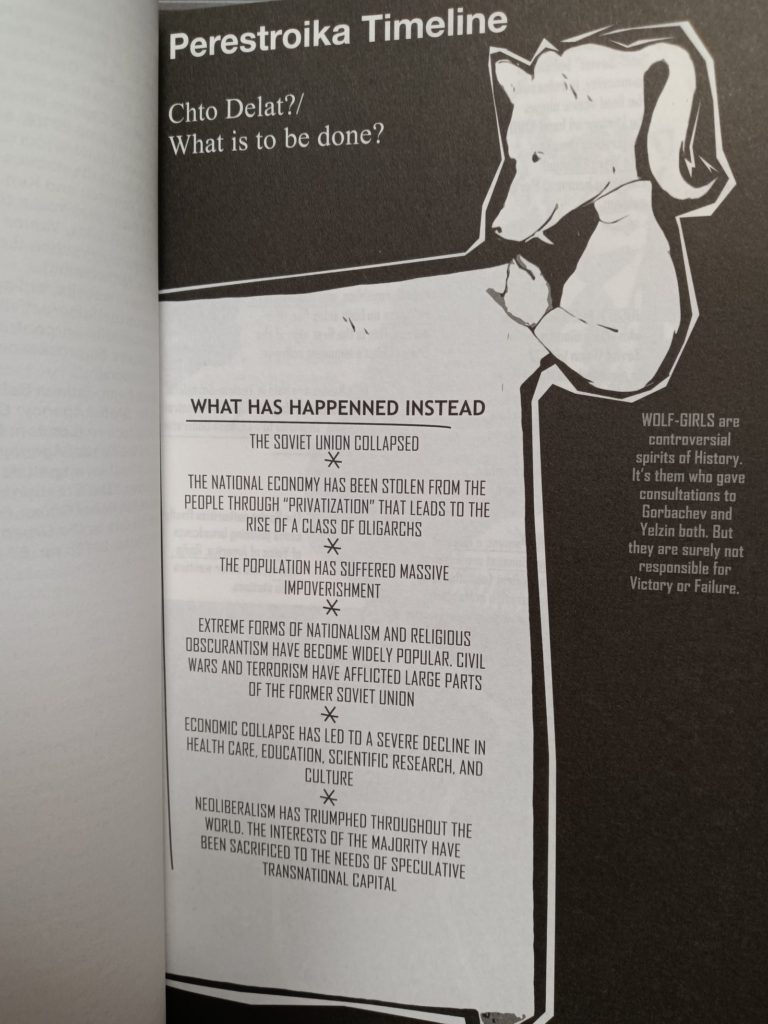LAMAKH VALERII/VALERY PAVLOVICH LAMAKH
1925
He was born on March 6 in the city of Lebedyn in Sumy region.
1939
Enrolls in the Voroshilovgrad State Art College, his studying there will be disrupted by the war.
1942–1945
He is used as a forced labor worker in Germany. Despite the extreme living conditions, this period turned out to be very important for the artist’s spiritual development. Thanks to his knowledge of German language, he gets acquainted with the works of Hegel, Kant, Schopenhauer, which he finds in some ruins after a bombing run. Soon, Alina Lamakh would write: “Being bereft of the most fundamental living conditions, exhausting labor, hunger, cold — everything connected to the perception of the external on a physical, material level of life, could be compensated for only with an escape to another world — the spiritual world, in order to survive in the real one. Diving into one’s own internal feelings of even an impossible, illusive dream, not leaving any place for the thoughts about the external side of the hard life”.
That’s when the idea of the central category of Lamakh’s philosophy was conceived, the “Circle of eternal return.” This is how the artist remembers it: “The circle of eternal return was born in the tough wartime, and it stood at the beginning of the life’s ascent. The main pathos was in a personal attitude to everything, in the awareness of being a part of the Universe. <…> Faith in the eternity of the moment, in providence, in noncoincidence took root and remained on a depth untouched by time for my entire life”.
1945
Lives in a camp for displaced people in the US occupation zone near Cologne: “I paint colossal portraits: Stalin, Roosevelt, Churchill. They decorate our camp,” the artist wrote.
Returns to Voroshilovgrad, where he resumes his studies at art school in the fourth year.1948
Finishes studying at the Art College.
1948–1954
Studies at the Kyiv State Art Institute. However, not everything goes as he wants it: instead of the painting department, he is accepted to the drawing department, and after the third year he get assigned to not the easel workshop, but to the poster one, headed by Vasyl Kasiian.
1952–1964
Actively works on posters.
1956
Becomes a member of the Artists’ Union of the Ukrainian SSR.
In the subsequent years, he is actively involved in activism, becomes a chairman of the board of the union, head of the Republican Council on Monumental Art at the Art Fund of Ukraine, becomes a bureau member of the monumental and decorative art section of the Kyiv branch of the Artists’ Union of Ukrainian SSR, head of the republican and member of the all-Union commissions on monumental art.
1956–1960
Works as a senior editor at the State Publishing House of Visual Art and Musical Literature of the Ukrainian SSR.
1957
The album “Ukrainian Soviet Poster. 1917–1957” (compiled by B. Butnyk-Siverskyi), which included 9 posters by Lamakh.
1958–1975
Actively works in monumental art
1963
Together with E. Kotkov he decorates two halls of the restaurant “Metro” on Khreshchatyk Street.
1964–1965
Together with E. Kotkov and I. Lytovchenko he creates decorative panel works in the Boryspil Airport, including the “Icarus” (waiting hall), and “Peace, Labor, Happiness” (vestibule).
1966
Together with E. Kotkov and I. Lytovchenko, he decorates the interior and exterior of the Iskra Palace of Culture of the Zhdaniv Heavy Industry Factory (now Azovmash, Mariupol).
1969–1978
He works on “Books of Schemes”, where he records his own philosophical concept of the world, life, creativity. Lamakh devoted 33 years of his life to reflection on the idea of the circle as a scheme, the key to this concept, and only in 1969 began recording them. About the circumstances under which this happened, Alina Lamakh wrote: “And the book of schemes, the “circle of signs” — was created in an atmosphere of interest to it from Lamakh’s friends. And it was not written as a book. No thought to make a book and publish it. Lamakh taught his new thoughts to his friends. He was interested in receiving feedback from them. I think the listeners were also interested. These were like-minded friends who had been sharing ideas and communication for a long time. Reading the schemes texts was fruitful and lively. It sparked new thoughts, supported Lamakh’s creativity. Similarly were created the second, third and fourth books of schemes. There was understanding and lack of any conflict. The author continued to supplement each of these books with new material”6. Among the like-minded friends of Lamakh’s let’s name Hryhorii Havrylenko, Vilen Barskyi, Florian Yuriev, Anatolii Lymariev, Yakym Levych, Hanna Zavarova, Borys Lobanovskyi, Hennadii Aihi, Ihor Blazhkov, Valentyn Sylvestrov. The words of the latter convey the impression of the readings of Lamakh: “This man seemed to show us the manifestation and reality of the spiritual world. It seems that the whole world became a Book for him, and he could read it, and the happiness of this “reading” passed on to us, his friends, and for the for now few witnesses of the triumph of the embodiment of reality in our then poor and closed society”.
(Source: http://archive-uu.com/en/profiles/lamakh-valerii)
2017
Books of Schemes, first and second albums (1969–78) shown at documenta 14, Neue Galerie in Kassel, Germany. The artist’s entry on the documenta 14 reads:
“Inside every human being there is a light, a sun, and through it, we are able to behold an external light, the external sun,” wrote Lamakh in one of his Books of Schemes. These books construct a cosmological mythology developed by the artist over more than thirty years. He first starting compiling them in the early 1940s, when he was sent to Germany as a forced laborer. In the grand cosmic picture deployed in the five books, the word “scheme” is elevated to function as a lens of fundamental knowledge based on light. In Lamakh’s own words, the scheme is “a constellation of nodes breathing light; they approach each other infinitely, they glow and they fade, expressing the inexpressibility of the world.”
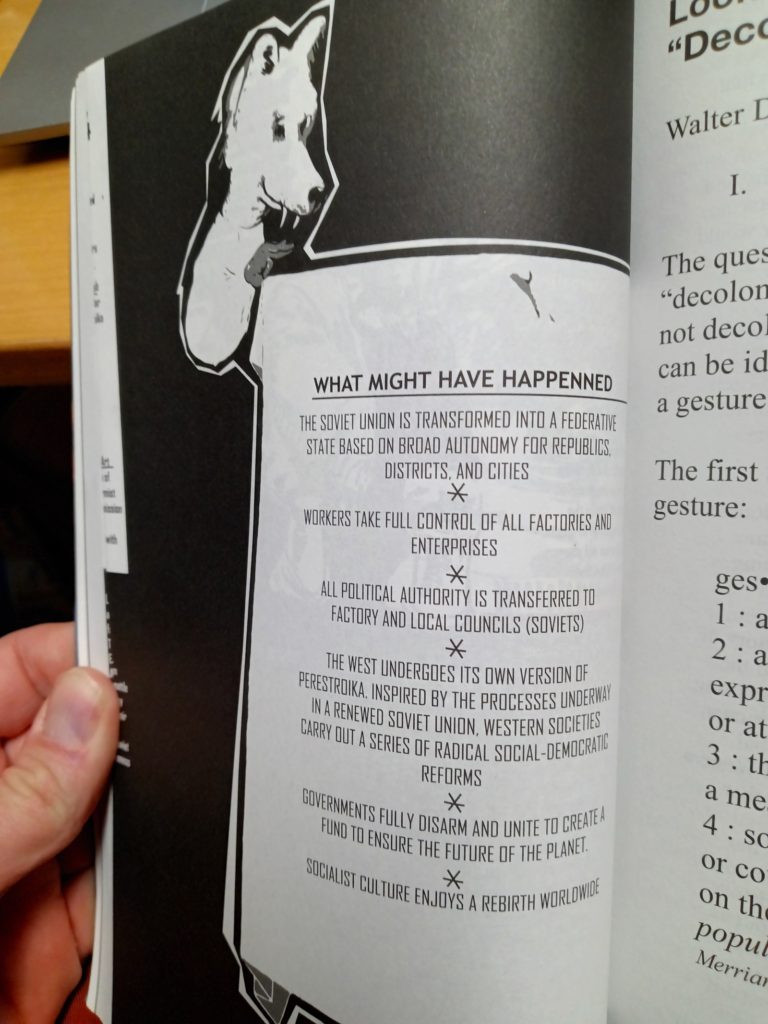
It’s a book of our true stories
True stories that can’t be denied
It’s more than true it actually happened
It’s more than true it actually happened
It’s more than true it actually happened
We’re coming rougher every time
Rougher every time
We’re coming rougher every time
Immigrada immigraniada
Immigrada immigraniada-da
Immigrada immigraniada
We’re coming rougher every time
Immigrada immigraniada
Immigrada immigraniada-da hey hey
We’re coming rougher every time
